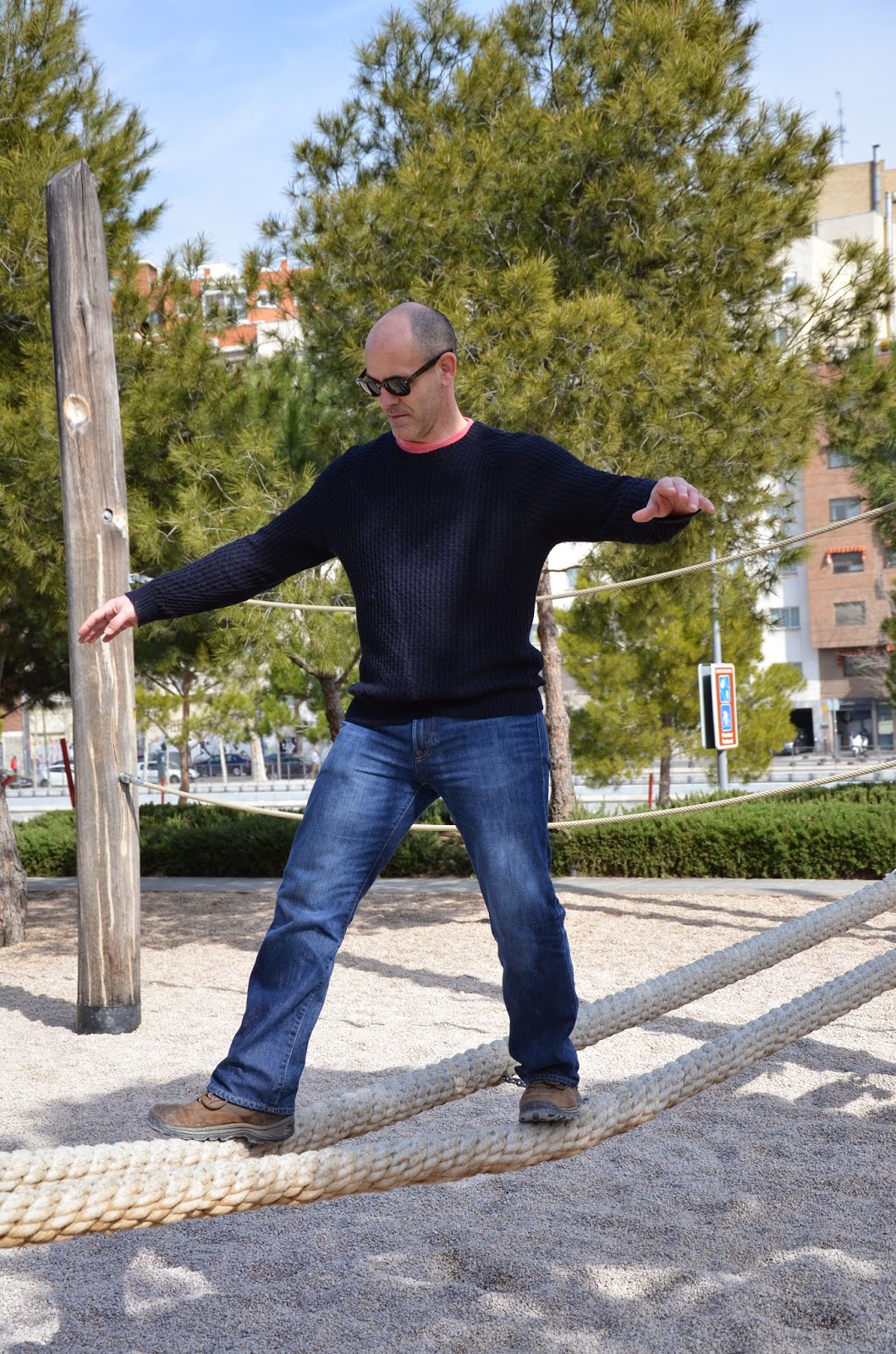 |
| Biking in Belgium from Bruges to Damme means canals, windmills and bridges. |
Rich and I have rambled homeless since mid-May with adventures in southern and northern Spain and a month in Italy. We read that Spain places second only to Switzerland in having the most mountains in Europe. We explored this and traveled over, under, around or took pictures of many of those Spanish mountains. The overs, arounds and pictures almost always involved any combination of fog, rain, hail, sharp turns, falling rocks, narrow lanes and cows or bicycles in the road. And we loved it all (some after the event, if not during). Some day, I will post those photos and stories.
Today, we are in Garmisch, Germany. Trying to recapture all our unrecorded rambles to this point will take months, so I decided to restart Rambling Solo beginning in early August when we departed Spain for Belgium. I had planned mussels in Brussels for years, but opted instead for Bruges, one of the most beautiful towns I have seen.
Bruges Highlights
Canals, bridges, locks and windmills became our landmarks in Bruges. Canals wend through Bruges similar to Venice, but Bruges sparkles with vitality and health and lacks the sinking-into-the-sea feel of Venice, the decay and decadence imparted by Thomas Mann's Death in Venice. Bruges is clean and orderly, and the canals are bordered by houses topped by stairstep peaks. Travel is by bicycle, foot, motorbike, car or boat, in that order. Four windmills, only one working, line the main canal. The bridges on the main canal are raised for boat traffic and lowered for bikes, pedestrians, motorcycles and cars. The bridges also form part of the lock system. Astride our bikes, we watched a barge fill the length and width of the canal between two bridges, and we waited while the influx of water raised the barge to the next level to continue its trip. Then we continued ours. |
| Bruges has canals and swimmers crowd the pier on a sunny day. |
Church of Our Lady, Onze-Lieve-Vrouwekerk, is under repair with scaffolding outside and barriers inside. The interior is sad with cracks in walls and ceiling, chunks from columns, discolored marble floors, water damage on walls and columns. The art alone attracts visitors. Tucked into a niche of an altarpiece with other sculptures, Michelangelo's "Madonna and Child" exemplifies the and sublime nature of his work. Religious paintings depict biblical scenes with Flemish facial features, clothing, background details contrasting to the Spanish biblical features so familiar from our months in Spain.
 |
| Michelangelo's "Madonna and Child" |
 |
| The Church of Our Lady and the clock tower glow on the edge of the view from our room. |
Next door to the church, the Groeninge Museum provides a lesson in Flemish art from medieval religious painting to contemporary artists. Signage for each age explains how art changed in emphasis from one period to another, how artists were influenced by earlier painters and by events in the world around them. Slowly over this past year, I have become enamoured with portraits, where I see cultural shifts, dress, history, art technique and personalities. This museum was my first introduction to the Flemish Primitives, a group of artists including Jan van Eyck, Hans Memling, Hugo van der Goes and Gerard David, who began to experiment with oil paint that better created the glint of metal, the softness of fur, the tactile delineation of silks, satins or brocades. Although I could not find an official site for links to the art, you can find examples of these artists online.
Fun Discoveries
We rode rental bikes from Bruges to Damme (maybe seven kilometers). Following the canal path, we saw occasional Eurasian coots, water lilies blooming, Queen Anne's lace growing alongside. Green fields stretched on either side with cattle or corn. After lunch in Damme, we returned on another route winding along country roads past brick houses with matching brick barns. We braked for one large fenced yard to watch red chickens pecking about, white rabbits chasing each other and sitting guard in center court, a kangaroo, while other roos slept along the fenceline.
 |
| Kangaroo sitting guard |
Bruges offered other surprises; at a crowded jazz and wine bar, the combo played American rhythm and blues, including Tennessee Ernie Ford's "Sixteen Tons." From the hills of Appalachia to the low country of Belgium, the music transcends language differences.
Heading for Amsterdam, we returned to Brussels by train. Our planned layover allowed time to load all the bags in a taxi and drive to the narrow side street to see a simple fountain, the Manneken Pis. A tiny replica of the bronze boy was a treasured relic of my childhood, an item then for childish giggles. Although my mother was never in Belgium, I think she carried the tiny bronze home after her war years in London and Paris. A gift? The story behind it seems lost to me. The replica floats still somewhere among family mementos. I could forgo mussels in Brussels, but I could not be in Belgium without paying homage to the Manneken Pis.
 |
| Manneken Pis,designed by Hiëronymus Duquesnoy the Elder and placed in Brussels in 1618 |
 |
| Bicycles trump cars in Bruges. Outdoor cafes stay busy even on cool evenings. |
 |
| Clean, orderly, houses lined beside the canals or on cobbled streets, the town feels like a fairy tale. |
 |
| Houses wear stairstep peaks. |
 |
| Marilyn Monroe and other replicas keep watch over tourists waiting for canal tours. Enlarge with a click to see the Bruges sense of humor. |
 |
| Enlarge to see the dragon drain, any opportunity for art and fun. |
 |
| Notice the designs on the fence surrounding this windmill in Bruges. |

















































